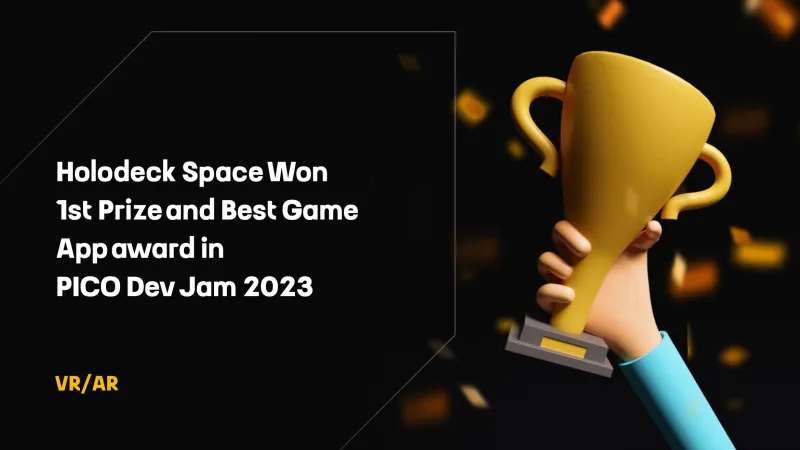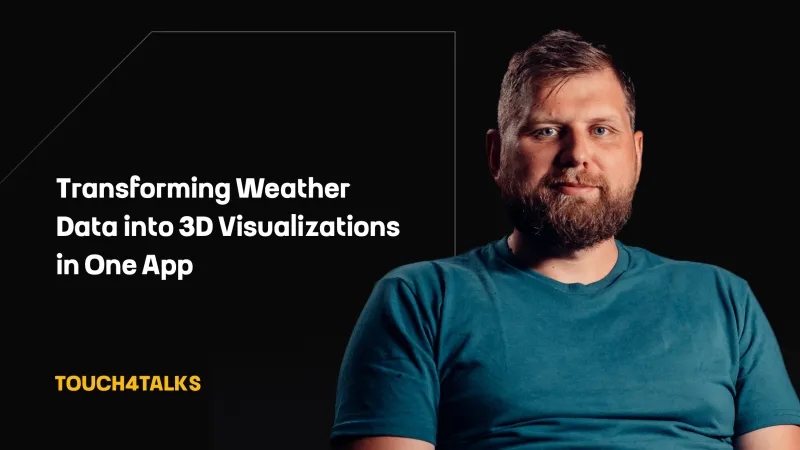Touch4Talks: Biggest Strenghts, Challenges and Lessons Learned in XR Development

Explore Extended Reality (XR) with Norbert Šulek, our Mixed Reality Team Leader. XR includes Augmented, Mixed, and Virtual Reality, offering engaging communication tools for any business. Learn from our XR journey: prioritize problem-solving, not just flashy tech. We are ready to help you with our approach: Keep it simple, focus on users, and create tailored experiences.
What is Extended Reality?
Extended Reality is an umbrella term that covers all technologies in the reality-virtuality continuum, including Augmented, Mixed, and Virtual Reality. In Touch4IT, we like to use the term Extended Reality or XR to refer to our projects for two main reasons:
First, every project has an early stage, in which it is not yet clear, which technology we will be using.
And the second is that in some of our projects, we end up using more than one of these technologies.
What are the main strengths of XR?
At Touch4IT, we see Extended Reality as a communication medium and a powerful tool that allows us to deliver audio-visual content and in a unique, interactive form.
It has the wow factor and the power to motivate users to try applications that they may not consider trying otherwise.
What are our biggest lessons in XR development?
The biggest lesson for us would be working on projects where Extended Reality was used solely for the sake of employing innovative technology, relying on the wow factor, and assuming the project's success.
At the end of the day, Extended Reality is a tool that should be used to solve a problem. Therefore, starting the thought process with the sole aim of using this technology is like trying to find a problem for a solution.
For example, if we develop an application that users need to download and the aim of the application is to promote a product that users are not yet familiar with, then it might happen that the client will end up spending more resources promoting the application itself instead of the application fulfilling its primary purpose – promoting the product. This is counterproductive. Therefore, it's definitely better for our clients to sit down with us and discuss all the options. Based on our experience, in this case, we would recommend using Web AR technology, which will simplify the user journey and allow us to reach a much wider range of audiences.
How do we approach XR projects?
If we start with defining the problem that we need to solve, and the target audience that we need to reach, it makes it much easier for us to design a solution, which will exactly match the needs of our project.
We live in a fast-paced world where people expect to have things available to them instantaneously and the slight drawback with the Extended Reality is that there are always some extra steps in a user journey when it's compared to for example, viewing something in a web browser.
It can be the little things like finding the trigger image, scanning the environment around us, putting on a VR headset, or even downloading the application itself.
If the user journey is not designed correctly for the given use case, every single one of these extra steps can reduce the number of users who are willing to complete the user journey.
At Touch4IT, we keep these things in mind from the early stages of every XR project.
Our XR development team always works closely with our Design team to create a truly unique and engaging Extended Reality experience, while keeping the user journey as simple and straightforward as possible.
→ You can also follow interviews with our AI specialist Peter on our LinkedIn profile. ←



